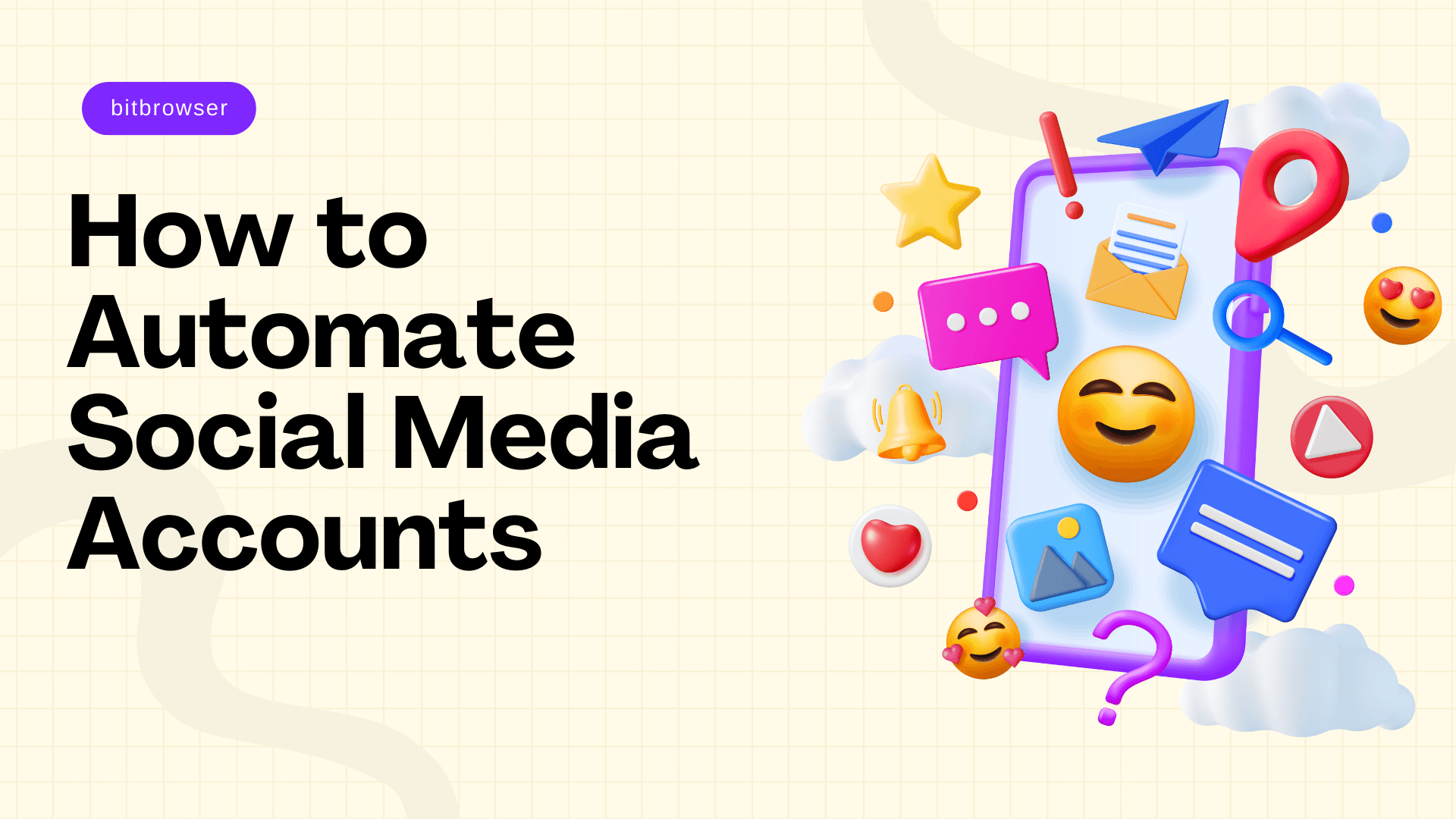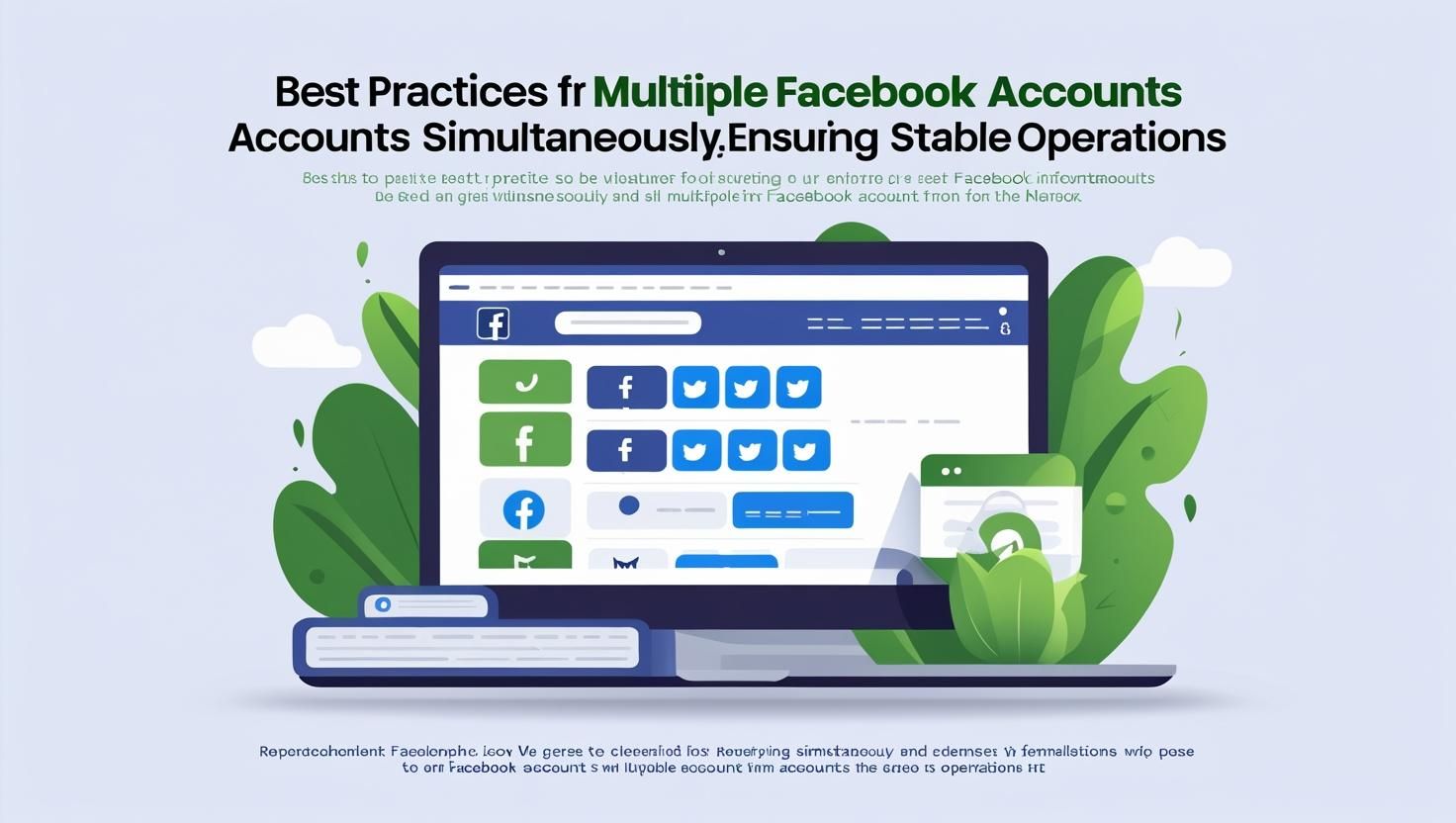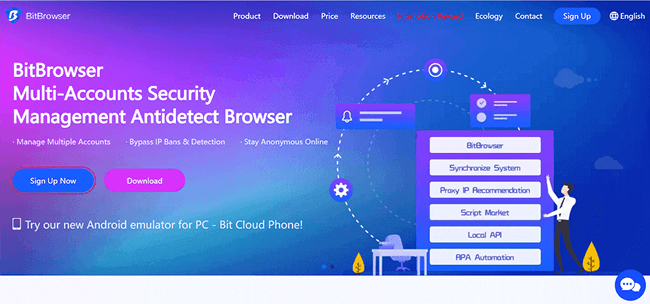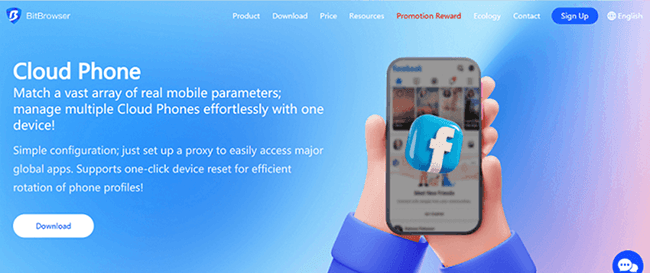


Top 10 Data Mining Tools – Reviews & Insights
 2025.07.04 20:20
2025.07.04 20:20
Data mining is the process of exploring and analyzing large sets of raw data to identify patterns, trends, and extract useful information.
Many companies use data mining software to better understand customer behavior, which is crucial for developing marketing strategies and making informed decisions.
In this article, we’ll explain what a data mining tool is, how it works, and share our recommendations for the best data mining tools available today. We’ll also highlight why using proxy servers is essential to optimize your data mining operations.
What Is a Data Mining Tool?
Data mining tools are specialized software applications designed to uncover patterns, trends, and valuable insights from large sets of raw data.
Thanks to their ability to handle both structured and unstructured data and perform complex statistical analyses, these tools streamline workflows—making them especially popular in sectors like research, finance, and healthcare.
How Does the Data Mining Process Work?
Data mining involves extracting useful knowledge and insights from datasets. The typical process includes several key steps:
- Data Collection & Integration
Gather relevant data from various sources such as databases, APIs, or through web scraping. Once collected, the data is integrated into the data mining tool for analysis. - Data Cleaning
Clean the data to remove errors, inconsistencies, and inaccuracies. Many tools offer built-in functions to handle missing values and improve data quality. - Data Exploration
Perform basic statistical analysis to identify trends, outliers, and patterns. Data visualization tools can be useful in this stage to gain initial insights. - Algorithm Selection
Choose the appropriate algorithm for your goals—classification, clustering, or regression—depending on the type of analysis you need. - Modeling
Apply the selected algorithm to build a model. Typically, the model is trained on a subset of data and validated to ensure accuracy and reliability. - Model Evaluation
Assess how effectively the model detects patterns and generates insights. - Interpretation & Visualization
Use data visualization to interpret results and understand complex relationships or insights hidden in the data. - Deployment
Apply the knowledge gained from the data mining process to guide business decisions, improve systems, and implement strategies.
Benefits of Data Mining
Data mining offers numerous advantages across industries. Here are the key benefits:
1. Pattern Discovery
Uncover hidden relationships and insights that aren't visible with traditional analysis methods.
2. Predictive Analytics
Build models that predict future trends and behavior by analyzing historical data, enabling proactive decision-making.
3. Improved Decision-Making
Use data-driven insights to make smarter, more informed business decisions.
4. Trend & Pattern Detection
Quickly detect patterns and market trends, allowing businesses to adapt their strategies in real-time.
5. Customer Segmentation
Segment customers based on demographics, behavior, or preferences—helping companies tailor marketing and improve personalization.
6. Fraud Detection
Identify suspicious patterns and anomalies in transaction data that may indicate fraudulent activity.
7. Operational Optimization
Improve supply chain management, resource allocation, and overall efficiency by identifying bottlenecks or improvement areas.
8. Risk Management
Spot potential risks early and design effective risk mitigation strategies using insights derived from data.
Would you like me to continue this article with a list of the 10 best data mining tools or include proxy usage tips for data mining as mentioned?
 petro
petro
 Multi-Account Management
Multi-Account Management Prevent Account Association
Prevent Account Association Multi-Employee Management
Multi-Employee Management



